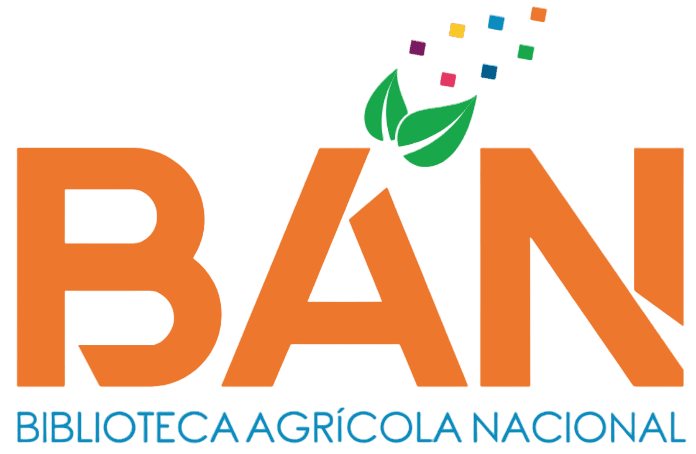Impacto socioeconómico de la hipotética liberación de semilla cisgénica en papa blanca comercial en Ayacucho
Loading...
Código QR
Authors
Lopez Garcia, Pether
Contact Email
Abstract
Dada la importancia de la papa para las unidades agrícolas de Ayacucho, se buscó determinar si la producción de papa comercial podría mejorar su rentabilidad y favorecer a los agricultores y a la comunidad mediante la aplicación de técnicas de recombinación genética, específicamente mediante una semilla cisgénica. Por tanto, la propuesta fue analizar las repercusiones económicas y sociales de una potencial introducción de semillas cisgénicas de papa blanca comercial (Solanum tuberosum) en Ayacucho. Para determinar los retornos económicos de los productores, se aplicó el Enfoque de Presupuesto Parcial en un entorno de incertidumbre, mientras que los cambios en el bienestar social se calcularon usando el Modelo de Excedentes en un entorno de riesgo con el software @Risk. Como resultado, se observó un aumento del margen de utilidad del productor en un 127.91 % (S/ 5690.64). La rentabilidad de la producción fue estimada mediante la relación entre ingresos netos y costos totales, alcanzando un 8.3 % con semilla cisgénica, en contraste con el -29.29 % obtenido con semilla común. Además, el Índice de Beneficio Costo Marginal se situó en 1.22, con un 90 % de escenarios favorables. Los consumidores logran un aumento en sus excedentes de S/ 959 millones, los productores un incremento de S/ 1825 millones, y el excedente social aumentó en S/ 2784 millones. Se concluyó que la asignación de recursos en la adopción y transmisión de semillas cisgénicas resulta rentable, con un Valor Actual Neto de S/ 1,805 millones, en un 95 % de los casos, y una Tasa Interna de Retorno del 178.88 % en la región Ayacucho.
Given the importance of potatoes for agricultural units in Ayacucho, this study sought to determine whether commercial potato production could improve profitability and benefit farmers and the community through the application of genetic recombination techniques, specifically the use of cisgenic seeds. Accordingly, the proposal was to analyze the economic and social repercussions of the potential introduction of cisgenic seeds for commercial white potatoes (Solanum tuberosum) in Ayacucho. To assess the economic returns for producers, the Partial Budgeting Approach was applied in an uncertainty scenario, while changes in social welfare were calculated using the Surplus Model in a risk environment with @Risk software. As a result, the producer's profit margin increased by 127.91% (S/ 5,690.64). The production profitability, estimated as the ratio of net income to total costs, reached 8.3% with cisgenic seeds, compared to -29.29% with common seeds. Furthermore, the Marginal Benefit-Cost Ratio was 1.22, with 90% of scenarios proving favorable. Consumers experienced an increase in surplus of S/ 959 million, producers saw an increment of S/ 1,825 million, and the social surplus rose by S/ 2,784 million. It was concluded that allocating resources to the adoption and distribution of cisgenic seeds is economically viable, with a Net Present Value of S/ 1,805 million in 95% of cases and an Internal Rate of Return of 178.88% in the Ayacucho region.
Given the importance of potatoes for agricultural units in Ayacucho, this study sought to determine whether commercial potato production could improve profitability and benefit farmers and the community through the application of genetic recombination techniques, specifically the use of cisgenic seeds. Accordingly, the proposal was to analyze the economic and social repercussions of the potential introduction of cisgenic seeds for commercial white potatoes (Solanum tuberosum) in Ayacucho. To assess the economic returns for producers, the Partial Budgeting Approach was applied in an uncertainty scenario, while changes in social welfare were calculated using the Surplus Model in a risk environment with @Risk software. As a result, the producer's profit margin increased by 127.91% (S/ 5,690.64). The production profitability, estimated as the ratio of net income to total costs, reached 8.3% with cisgenic seeds, compared to -29.29% with common seeds. Furthermore, the Marginal Benefit-Cost Ratio was 1.22, with 90% of scenarios proving favorable. Consumers experienced an increase in surplus of S/ 959 million, producers saw an increment of S/ 1,825 million, and the social surplus rose by S/ 2,784 million. It was concluded that allocating resources to the adoption and distribution of cisgenic seeds is economically viable, with a Net Present Value of S/ 1,805 million in 95% of cases and an Internal Rate of Return of 178.88% in the Ayacucho region.
Description
Keywords
Excedentes sociale
Citation
Date
2024
Collections
Seleccionar año de consulta:
Licencia de uso

Excepto si se señala otra cosa, la licencia del ítem se describe como info:eu-repo/semantics/openAccess

